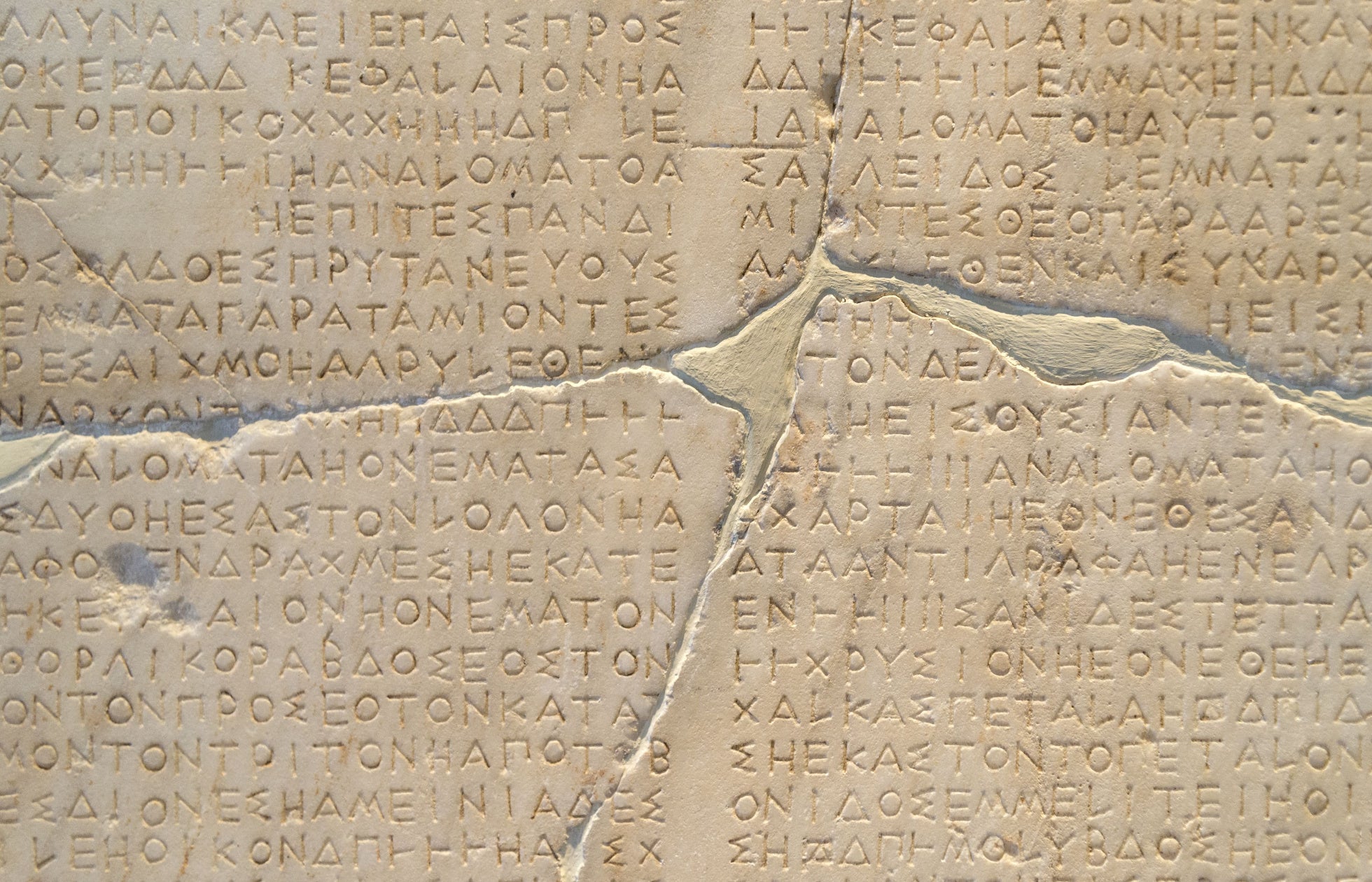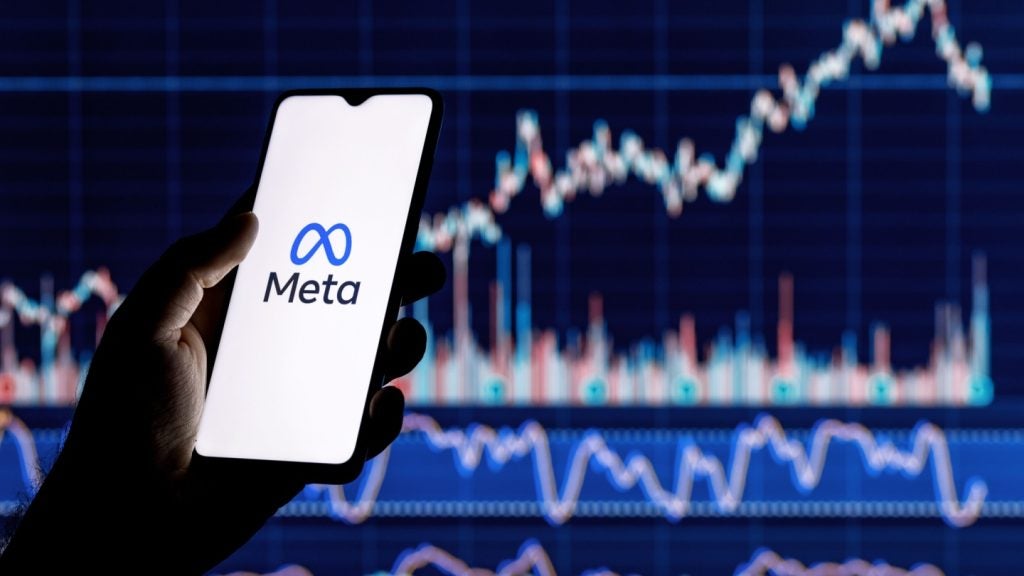
In March 2022 DeepMind, an artificial intelligence company, announced it had developed Ithaca, a deep neural network trained to restore and attribute ancient Greek inscriptions.
Ancient Greek inscriptions have shaped our understanding of the Mediterranean world from 800BC to late antiquity. Inscriptions refer to text written on durable materials such as stone and pottery. Unfortunately, these materials are typically not durable enough to remain perfectly preserved for two millennia.
Therefore, the epigraphic evidence of this period is often damaged by the time it is uncovered and the inscribed texts are incomplete as a result. Restoring (filling in missing words) and attributing (identifying chronological and geographical origins) damaged inscriptions can shed light on the past.
How does Ithaca work?
Ithaca relies on deep learning to restore damaged inscriptions. Deep learning is a subset of machine learning. It uses artificial neural networks that are modeled on the way neurons in the human brain communicate, with multiple layers of processing that are used to extract progressively higher-level features from the data. This means a deep learning algorithm can recognize patterns in databases without a human choosing the features the algorithm should pay attention to. The algorithm can then predict the outcome of new, similar datasets based on those patterns. The more data a deep learning algorithm has to analyze, the more accurate its predictions will be.
Ithaca has been trained to restore ancient Greek inscriptions on a database of just under 80,000 inscriptions from the Packard Humanities Institute. By recognizing patterns in elements such as language choice and style, across such an extensive database, the theory is that Ithaca will be able to fill in the blanks of damaged inscriptions based on probability.
An aid for historians
According to its creators, Ithaca achieved a 62% accuracy rate when restoring incomplete inscriptions by itself. This is a significantly higher rate of accuracy than historians, who, on average, achieved a 25% accuracy rate. However, historians achieved a 75% accuracy rate when they used Ithaca to restore inscriptions. In other words, the highest accuracy rate was achieved when historians’ expertise and contextual knowledge were combined with Ithaca’s ability to detect statistical patterns across tens of thousands of inscriptions.
How well do you really know your competitors?
Access the most comprehensive Company Profiles on the market, powered by GlobalData. Save hours of research. Gain competitive edge.

Thank you!
Your download email will arrive shortly
Not ready to buy yet? Download a free sample
We are confident about the unique quality of our Company Profiles. However, we want you to make the most beneficial decision for your business, so we offer a free sample that you can download by submitting the below form
By GlobalDataTherefore, Ithaca has been designed not as a replacement for historians, but as a tool for them to use when studying epigraphic evidence. For example, rather than returning a single text restoration and geographical attribution, Ithaca provides a list of possibilities ranked according to probability. This range of suggestions can combine with a historian’s contextual knowledge to provide the best chance of correctly restoring and attributing epigraphic evidence. Ithaca also shows which words contributed the most to its prediction, enabling historians to understand the AI’s ‘thought process’.
What are Ithaca’s limitations?
Using Ithaca in this way is astute because there are weaknesses in how an AI naturally approaches inscription restoration. Deep learning systems are defined by the databases they learn from. If these databases are insufficiently diverse, the system’s prediction accuracy will vary depending on the input data. Imagine an AI is being used to identify types of trees. If the AI is trained on a database that includes significantly more images of oak trees than beech trees, the AI will more accurately identify oak trees than beech trees. This issue has, for example, embedded racial bias into AI-based facial recognition systems. In 2018, an MIT researcher tested the facial recognition systems of Microsoft, IBM, and Megvii. The error rate for light-skinned men was less than 1% but just under 35% for dark-skinned women.
The style and language of ancient Greek inscriptions vary depending on the time and geographical area in which they were written and the purpose of the inscription. Two inscriptions separated by enough chronological and geographical distance can be in different dialects of ancient Greek. A legal decree will differ stylistically from a poetic verse or joke inscribed on pottery.
The database Ithaca has been trained on—consisting of roughly 80,000 inscriptions from the Packard Humanities Institute—will be better at restoring and attributing certain inscription types than others. This is because the c.80,000 inscriptions that constitute Ithaca’s database are unevenly dispersed across 84 different geographical regions. Attica in Greece houses by far the largest share of these inscriptions, followed by nearby Delphi and Lydia in modern-day Turkey. The prevalence of Attic inscriptions will be bolstered heavily by inscriptions from Athens, many of which are legal decrees. These inscribed decrees became more frequent in the fifth century as Athens’ democracy radicalized, the governance of its growing empire became increasingly intrusive, and war broke out between Athens and Peloponnesian city-states.
As a result, Ithaca will be better at restoring and attributing Athenian decrees than it will be at restoring and attributing, say, Spartan commemorative trophies at holy sites. Far more Athenian decrees have reached us than Spartan commemorative trophies, and far more Athenian decrees will be included in Ithaca’s database.
Combining human and machine
This is another reason why using Ithaca to aid rather than replace historians is the right idea. A historian’s experience and contextual knowledge are all the more important when the inscription in question is of a type that constitutes a relatively small share of Ithaca’s database. Whatever Ithaca has to offer epigraphic restoration, the emphasis on assisting rather than replacing historians with AI is entirely prudent because of the way humans and machines can complement each other’s strengths and mitigate each other’s weaknesses.






